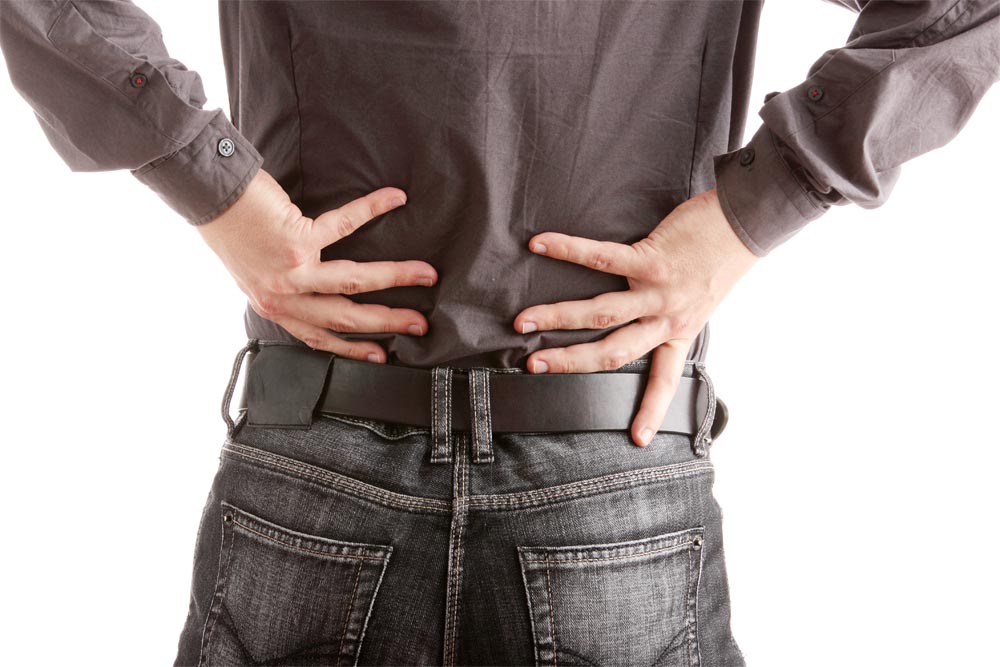How to Recover Faster from Low-Back Pain: Stay Active!
Low back pain patients who remain active are better off than those who are less active. Researchers evaluated how patients recovered from low back pain in relation to their activity levels. Some patients were advised to "stay active" despite the pain while others were told to adjust their levels of activity based on their pain.Those who remained active ended up recovering more quickly and feeling less depressed.
Read More


